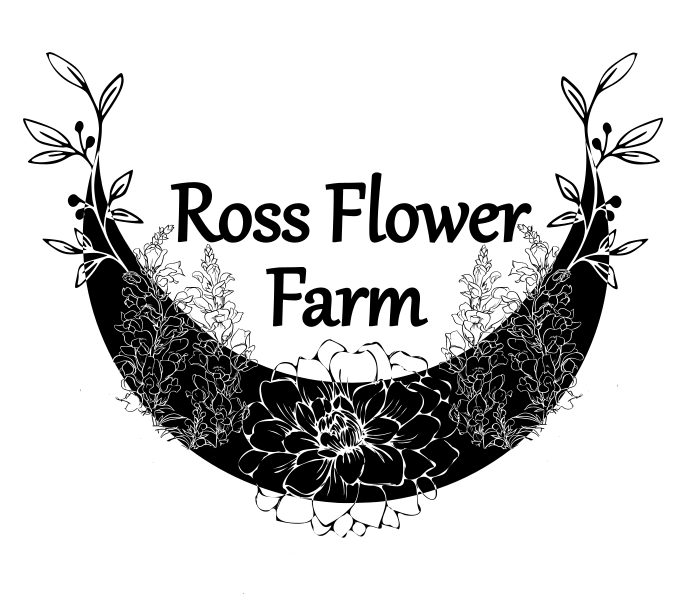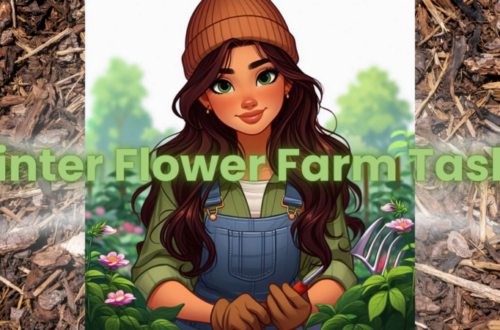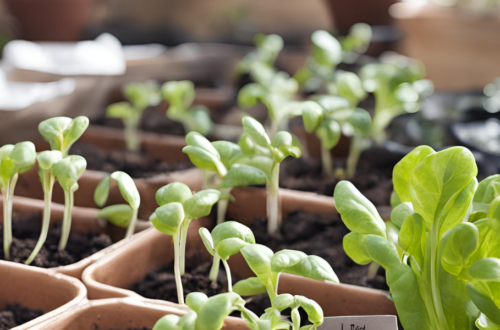
Blossom Better: 10 Mistakes Flower Farmers Should Avoid
There are many mistakes to be made when flower farming, but this blog will go over 10 mistakes we should all avoid when flower farming. Are you thinking of venturing into the beautiful world of flower farming? Or perhaps you’re already knee-deep in petals and blooms?
Whichever stage you’re at, it’s essential to navigate through the garden of challenges with finesse. Flower farming is a delightful yet demanding endeavor, requiring a delicate balance of artistry, science, and business acumen. To help you flourish in your floral journey, here are 10 mistakes to avoid for flower farmers:
10 Mistakes:
1. Ignoring Soil Health: The foundation of a successful flower farm lies beneath the surface. Neglecting soil health can lead to poor plant growth and susceptibility to diseases. Invest in soil testing and amendments to ensure optimal nutrient levels and pH balance for your flowers. Be aware it can take multiple years to truly heal your soil, but it is incredibly important work.
2. Overlooking Crop Planning: Planning is paramount in flower farming. Failing to plan your crops according to seasonality, market demand, and space availability can result in wasted resources and missed opportunities. Create a detailed crop plan and stick to it to maximize your yields and profits. Take notes throughout the season to reference for planning of the following season. Check out my previous blog post Garden Planning.
3. Underestimating Pest and Disease Management: Pests and diseases can wreak havoc on your flower crops if left unchecked. Implement integrated pest management strategies, including regular scouting, biological controls, and cultural practices, to keep your flowers healthy and thriving. If you’ve not yet heard about brix numbers in your plants, I highly recommend you look into it. Check out The No-Till Podcast with Jennie Love called ‘The Magical BRIX Number That Stops Pests’ where she interviews Dr. Tom Dykstra and they go over BRIX and the magical number which deter pests and how to test for current levels.
4. Neglecting Post-Harvest Handling: Your flowers may be stunning in the field, but their beauty should endure beyond the farm gate. Improper post-harvest handling, such as inadequate cooling, hydration, and packaging, can diminish the quality and shelf life of your blooms. Educate yourself on proper post-harvest techniques to deliver fresh, vibrant flowers to your customers. Make sure you study how to best harvest the types of flowers you plan to grow. Some need special care and treatments to ensure they don’t wilt.
5. Underpricing Your Products: Pricing your flowers too low may seem like a strategy to attract customers, but it can undermine the value of your hard work and expertise, not to mention the hard work and expertise of your competitors. Conduct market research to determine fair and competitive pricing that reflects the quality and uniqueness of your blooms while ensuring profitability for your business.
6. Overlooking Marketing and Branding: In a crowded marketplace, standing out is essential. Neglecting marketing and branding efforts can leave your flower farm hidden in the shadows. Invest time and resources in developing a strong brand identity, establishing an online presence, and cultivating relationships with customers and florists to promote your flowers effectively.
7. Failing to Diversify Your Offerings: Relying solely on one type of flower or market can leave your farm vulnerable to fluctuations and downturns. Diversify your flower offerings, explore different markets such as weddings, events, and subscriptions, and consider value-added products like dried flowers, wreaths, or botanical skincare to broaden your revenue streams.
8. Ignoring Sustainability Practices: Flower farming, like any agricultural endeavor, has environmental impacts. Failing to adopt sustainable practices such as water conservation, energy efficiency, and habitat preservation can harm the ecosystems around your farm and tarnish your reputation. Embrace sustainable farming methods to minimize your ecological footprint and appeal to eco-conscious consumers.
9. Underestimating Administrative Tasks: Running a flower farm involves more than just tending to your blooms. Administrative tasks such as record-keeping, invoicing, and inventory management are vital for the smooth operation of your business. Embrace technology and organizational tools to streamline your administrative processes and free up time for other aspects of your farm.
10. Lacking Flexibility and Adaptability: The world of flower farming is dynamic and ever-changing. Failing to adapt to shifting market trends, weather patterns, or customer preferences can leave your farm stagnant. Stay flexible and open-minded, willing to experiment, learn, and evolve with the seasons and demands of your business.
In conclusion, flower farming is a rewarding, yet challenging journey filled with blooms and thorns. By avoiding these 10 mistakes and embracing best practices, you can cultivate a flourishing flower farm that delights customers, sustains the land, and brings beauty to the world. Happy farming! 🌸🌿
P.S. If you’ve made it all the way through these 10 mistakes, please leave a comment telling me the biggest mistake you’ve made while flower farming, or if you’re new to flower farming, what mistake would you have made before doing some research? No shame, we’ve all been there. We are human and this world is filled with endless lessons.






These are so helpful! I’m not a flower farmer but I know how great this advice is for those who are!
Thank you for saying so, Kristen! <3 I appreciate your endless support!